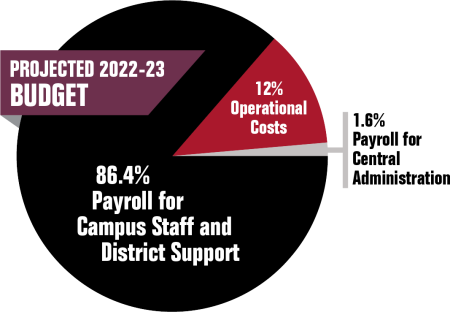At its May 9 meeting as part of budget planning for the 2022-23 year, RISD trustees voted to approve the district’s 2022-23 employee compensation and retention package. In an industry environment of shortages of teachers and other positions, competition among school districts for qualified employees is substantial.
“RISD’s single budget priority for 2022-23 is retaining and attracting quality teachers and staff in a fiscally responsible way,” said Interim Superintendent Tabitha Branum. “Simply put, we value our employees, and want our total compensation package, incentives, training, support, and district culture to not only attract quality staff, but more importantly, reward them for staying home here in RISD.”
Current RISD teachers returning for 2022-23 will receive a salary increase of up to 5% and a retention stipend of up to $2,000 based on years of service. Non-teaching employees will receive a 4% salary increase and $1,000 retention stipend.
The starting salary for new teachers will be $57,000 (up from $55,000 this year), plus a stipend of $1,750. New non-teaching employees will receive a new hire stipend of $750.
Other key incentives of the compensation package include:
-Employee child Pre-Kindergarten program (ages 3 & 4) for $150/month.
-Employee child daycare (age 6 weeks to 3 years) for $350/month (projected opening in January).
-Employee family health clinic for non-emergency medical needs – flat $10/ copay per visit.
-Reduction or no increase in employee TRS healthcare premiums, based on plan level.
See a summary of RISD’s 2022-23 employee compensation and retention package.



